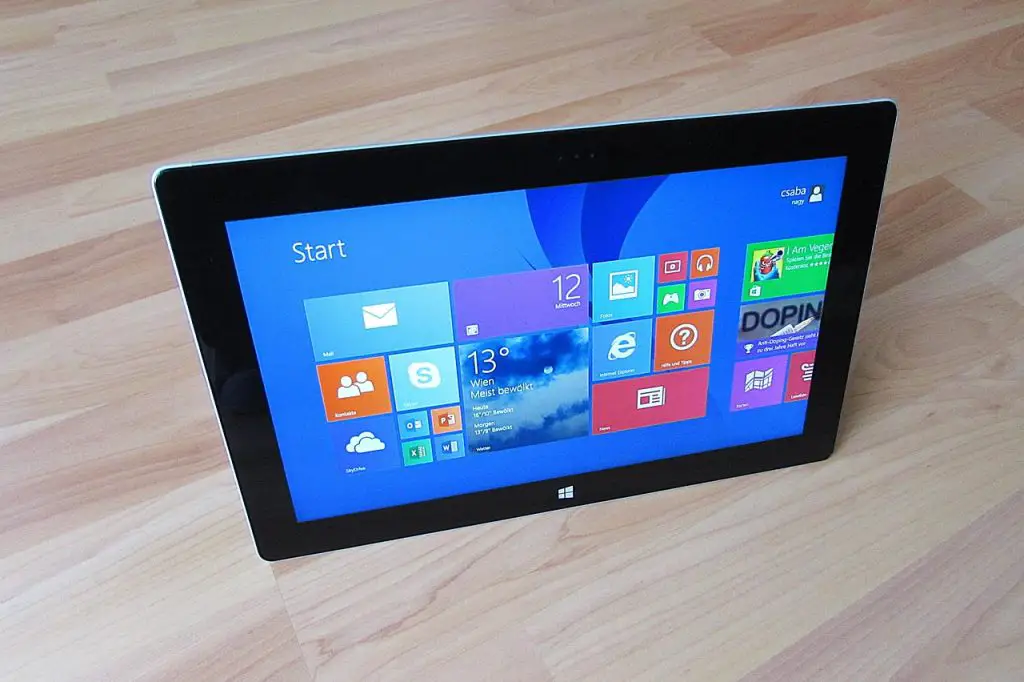
Microsoft recently announced its financial results for the third quarter of fiscal year 2025, reporting revenue of $70.07 billion—an increase of 13% compared to the same period last year. Net income reached $25.8 billion, marking an 18% year-over-year growth. The primary revenue driver was its Azure cloud services division, which generated $42.4 billion. The Productivity and Business Processes segment, encompassing Office 365 and LinkedIn, contributed $29.94 billion in revenue. Meanwhile, the Personal Computing division—which includes Windows, search advertising, devices, and gaming consoles—recorded revenue of $13.37 billion. Capital expenditures, including data center expansion and related leasing costs, amounted to $21.4 billion.
Microsoft stated it will deepen its investments in infrastructure such as data centers to support the increasing demands of artificial intelligence workloads. Chief Financial Officer Amy Hood noted that expenditures in this area are expected to continue rising throughout the new fiscal year beginning in July.
Additionally, Microsoft announced revisions to its partnership with OpenAI. Previously, OpenAI was restricted to using Microsoft-provided infrastructure for AI compute needs. However, with Microsoft’s current infrastructure unable to fully meet OpenAI’s growing demands, the new agreement permits OpenAI to procure compute resources from alternative providers. Nonetheless, Microsoft retains the authority to impose restrictions on OpenAI’s use of specific cloud services and maintains the right of first refusal to sell compute capacity to OpenAI.
Regarding the potential impact of the Trump administration’s proposed tariff policies, Microsoft stated that the direct effect on its own operations is minimal, though it acknowledged that such measures could pose challenges for some of its business partners.


